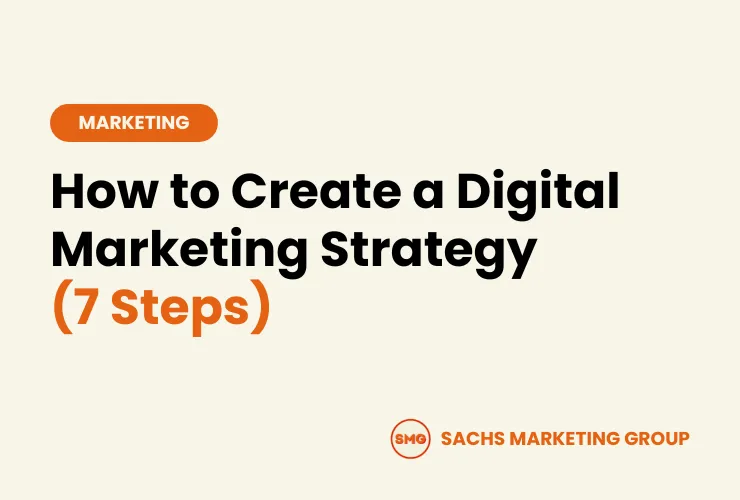
How to Build a Winning Marketing Strategy for 2024
Posted on October 7, 2024
Building a winning marketing strategy for 2024 requires a combination of adapting to emerging trends, utilizing technology, and focusing on customer-centric tactics. Here’s a step-by-step approach to building a solid strategy:
1. Understand Market Trends
- AI Integration: Leverage AI for personalization, content creation, and customer insights. AI tools can help automate repetitive tasks, optimize campaigns, and improve targeting accuracy.
- Sustainability: Consumers are increasingly aware of environmental issues. Consider incorporating sustainability into your marketing efforts, highlighting eco-friendly practices or products.
- Video Content: Video remains one of the most engaging formats. Short-form videos (like TikToks or Reels) continue to grow in popularity, so plan to invest in video content creation.
- Voice Search and Chatbots: With the rise of voice assistants and conversational marketing, optimizing your content for voice search and integrating chatbots for customer service will be essential.
2. Define Your Target Audience
- Refined Personas: Build detailed buyer personas based on real-time data. Focus on understanding your audience’s needs, pain points, and behavior patterns.
- Data-Driven Insights: Utilize analytics to continuously refine your audience segments. Use data to track trends and shifts in consumer behavior.
3. Set Clear Goals
- SMART Goals: Ensure your marketing objectives are Specific, Measurable, Achievable, Relevant, and Time-bound.
- KPIs: Focus on key performance indicators like customer acquisition cost (CAC), customer lifetime value (CLV), conversion rates, and engagement metrics.
4. Content Marketing
- Interactive Content: Incorporate interactive content like quizzes, polls, and interactive infographics to engage users.
- Value-Driven Content: Create content that addresses your audience’s challenges and provides solutions. Include blog posts, eBooks, webinars, and case studies.
- SEO & Content Syndication: Prioritize SEO optimization for better search rankings and use content syndication to amplify your reach across different platforms.
5. Leverage Social Media
- Multi-Platform Strategy: Don’t limit yourself to just one social platform. Craft platform-specific content for LinkedIn, Instagram, TikTok, Twitter, and Facebook.
- Social Commerce: Embrace the growing trend of shopping directly through social media platforms by integrating product tags or using live-streaming to sell products.
- Influencer Marketing: Collaborate with relevant influencers to amplify brand awareness and reach new audiences.
6. Invest in Paid Advertising
- Programmatic Advertising: Automate ad buying with programmatic solutions for better targeting and efficiency.
- Retargeting: Use retargeting to re-engage potential customers who have shown interest in your products but haven’t yet converted.
- Personalized Ads: Utilize AI to deliver personalized ads across digital platforms, ensuring they are relevant and timely.
7. Optimize the Customer Experience
- Omnichannel Approach: Provide a seamless experience across different touchpoints (online, offline, mobile, in-store).
- Chatbots & Automation: Implement AI-powered chatbots for quicker customer service and use marketing automation tools for nurturing leads through personalized email sequences.
- Loyalty Programs: Build loyalty programs that reward repeat customers and foster long-term relationships.
8. Focus on Analytics and Metrics
- Real-Time Analytics: Use real-time analytics tools to track performance, allowing for quick adjustments to campaigns and strategies.
- Attribution Modeling: Use attribution models to understand which marketing channels are driving the most conversions and optimize accordingly.
- Customer Feedback: Actively gather and analyze customer feedback to improve both your products and marketing efforts.
9. Allocate Budget Wisely
- Data-Backed Decisions: Make sure to allocate budget to channels and campaigns that deliver the highest ROI. Don’t forget to invest in new technologies, such as AI and data analytics tools.
- Test & Learn: Always test different approaches (A/B testing) to identify what works best before scaling.
10. Stay Agile
- Adaptability: The marketing landscape is ever-evolving. Be ready to pivot when necessary by staying updated on new technologies, trends, and consumer behaviors.
- Experimentation: Don’t be afraid to experiment with new strategies or platforms, especially as new tools like AI, AR/VR, and machine learning continue to emerge.
By combining these elements, you’ll create a robust marketing strategy that not only adapts to 2024’s evolving market but also drives growth and customer loyalty.
Categories: Marketing Automation, Sales & Marketing
